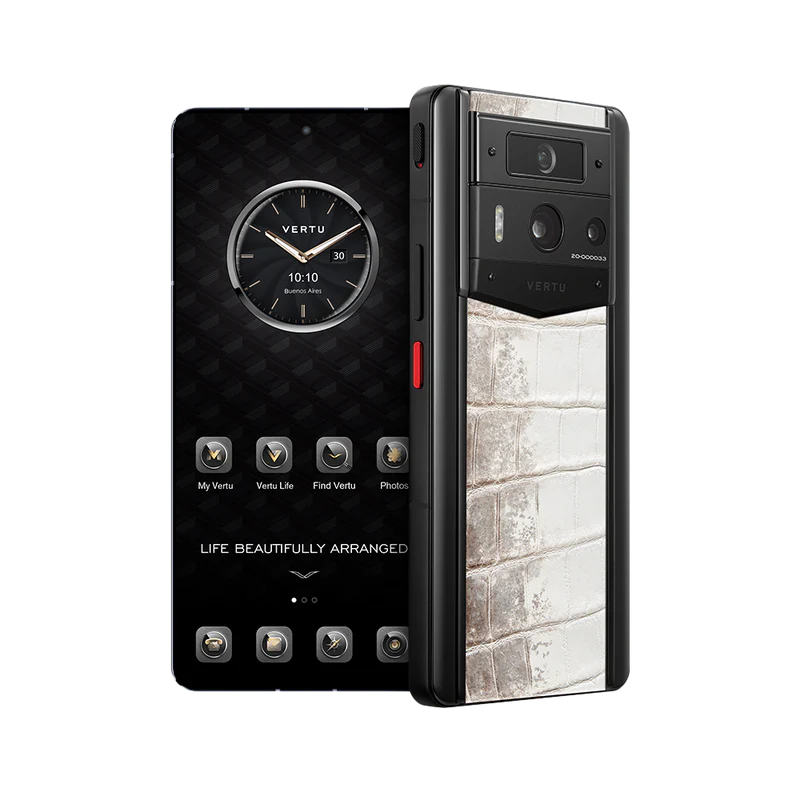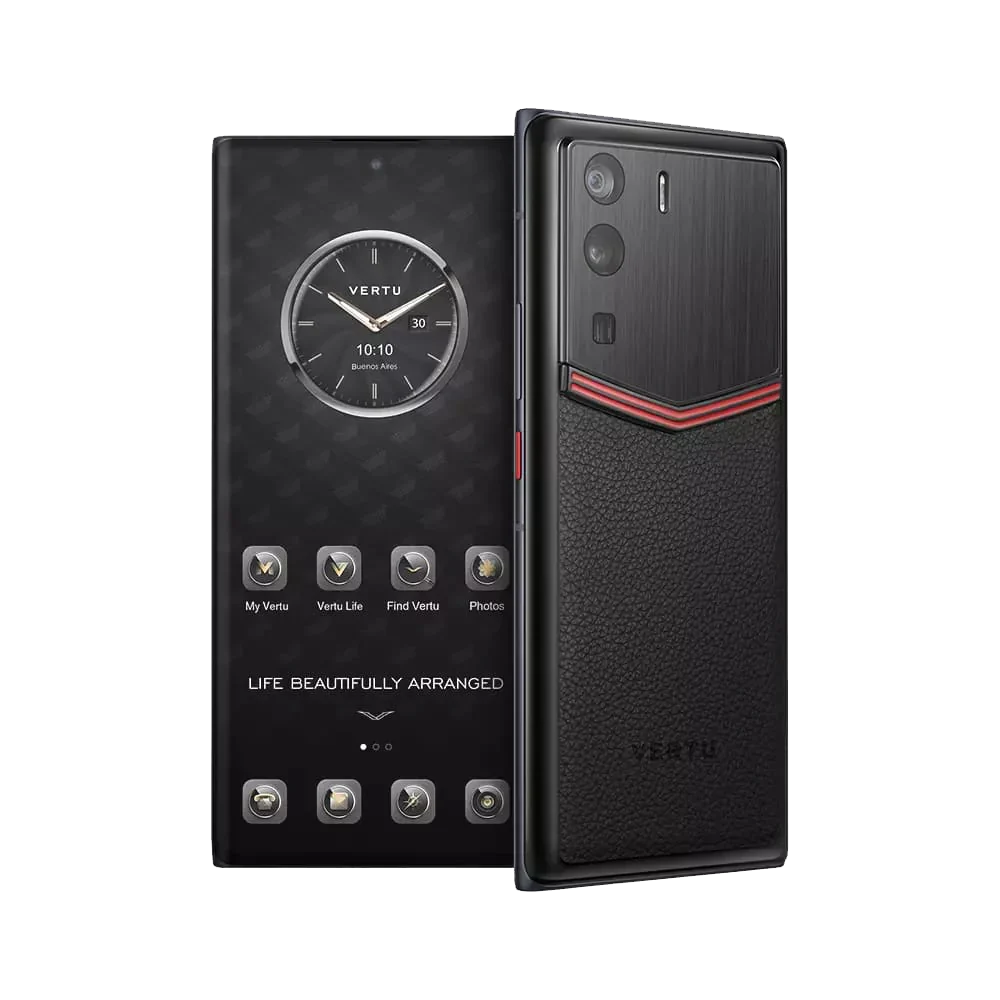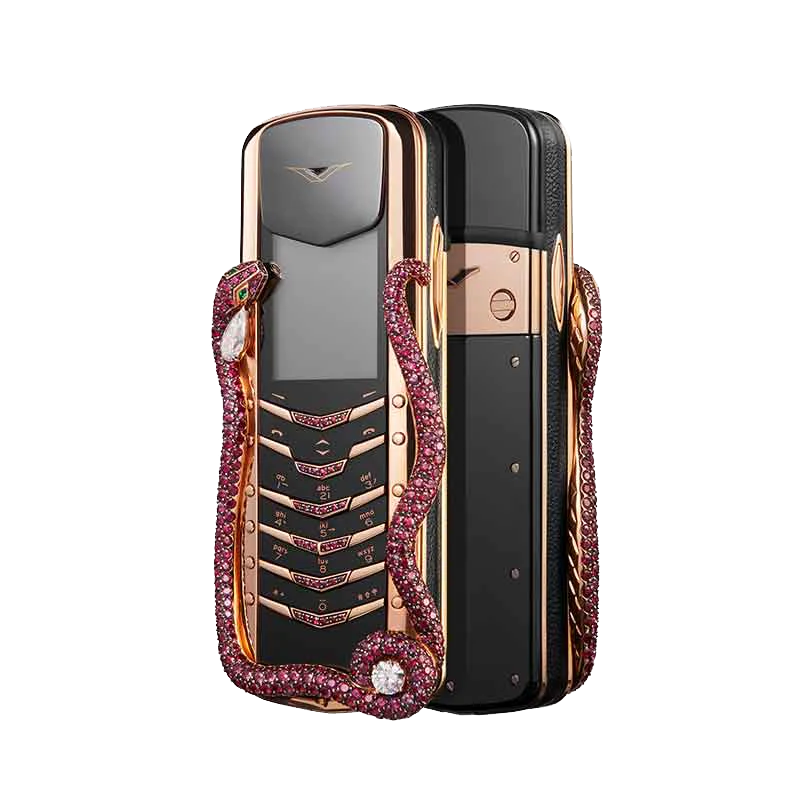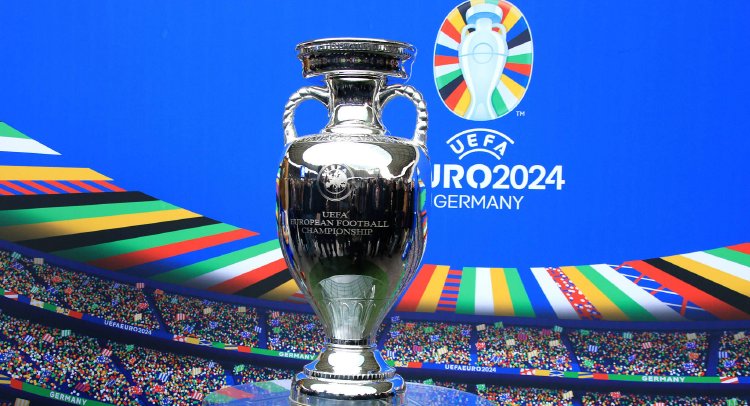On November 20, the opening ceremony of the 2022 World Cup in Qatar, the most expensive World Cup in human history with a cost of 229 billion, is expected to dominate the headlines for the next month.

*✦ The mascot of the Qatar World Cup, known as “La’eeb,” is referred to as “Dumpling Skin.”
Although Qatar’s land area is only as large as that of Tianjin city, it boasts the third-largest natural gas reserves and the thirteenth-largest proven oil reserves in the world, with a per capita GDP consistently ranking in the top ten globally.
Luxury, oil, and wealthy sheikhs are probably the stereotypes that Qatar and the entire Gulf region’s oil-rich countries have been eager to shake off. However, this World Cup has precisely become an opportunity for Qatar to showcase its modernization and artistic tastes.
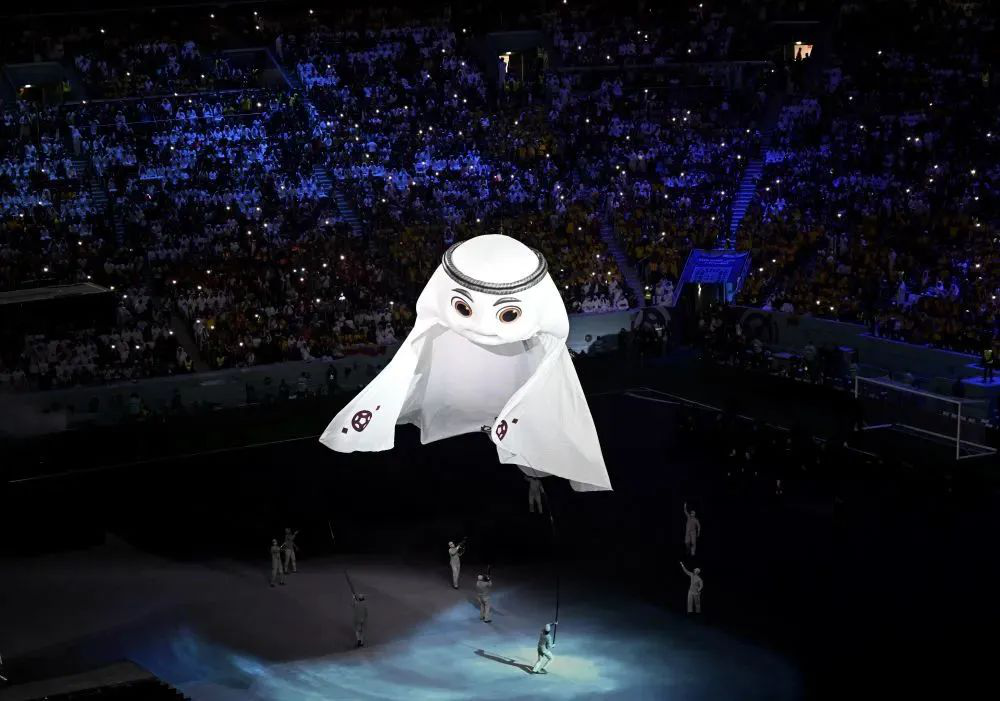
Many people have joked that the wealthy in Qatar have redefined the concept of “budget” for this World Cup. In fact, Qatar could be said to have built an entirely new city, “Lusail,” in the desert for the event.
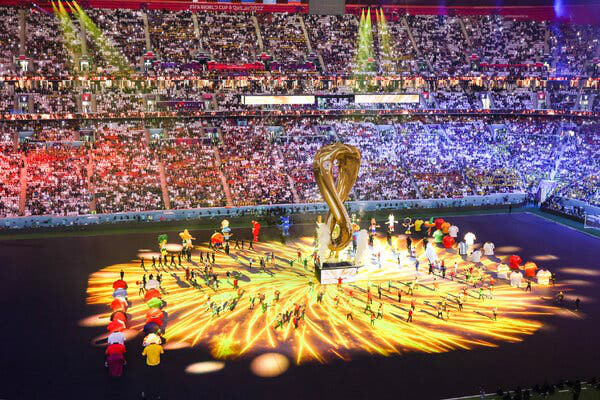
Qatar has built eight stadiums for this World Cup.
The newly constructed eight stadiums each have their own unique features. One of the main match venues, the Al Janoub Stadium, which resembles an alien spacecraft, is the final work of renowned architect Zaha Hadid.
01 Public art at the 2022 World Cup
✦ Al Janoub Stadium
The shape of Al Janoub Stadium is inspired by the traditional wooden dhows of the Arabian Gulf region. The building is also equipped with double-screen windows and air conditioning, and each seat is equipped with a cooling “bowl-shaped cooling technology” that can evenly distribute cold air throughout the entire stand.

✦ Al Janoub Stadium
In November 2013, Zaha Hadid began designing this stadium. After Zaha passed away due to illness in 2016, Patrick Schumacher led the team to complete the remaining design work.
Foster + Partners, the architectural firm known for designing the “London Gherkin,” also contributed to the Qatar World Cup with the golden Lusail Stadium.

Lusail Stadium, with its exterior resembling a golden vessel, is one of the many architectural marvels that Qatar has to offer. In addition to attracting top global architectural firms, Qatar has also made significant efforts in public art during the World Cup, investing a billion dollars to create 100 pieces of public art.
Among these works, there are 40 new pieces by well-known artists such as Jeff Koons, Olafur Eliasson, Ugo Rondinone, Yayoi Kusama, Katharina Fritsch, Shilpa Gupta, and Almana.
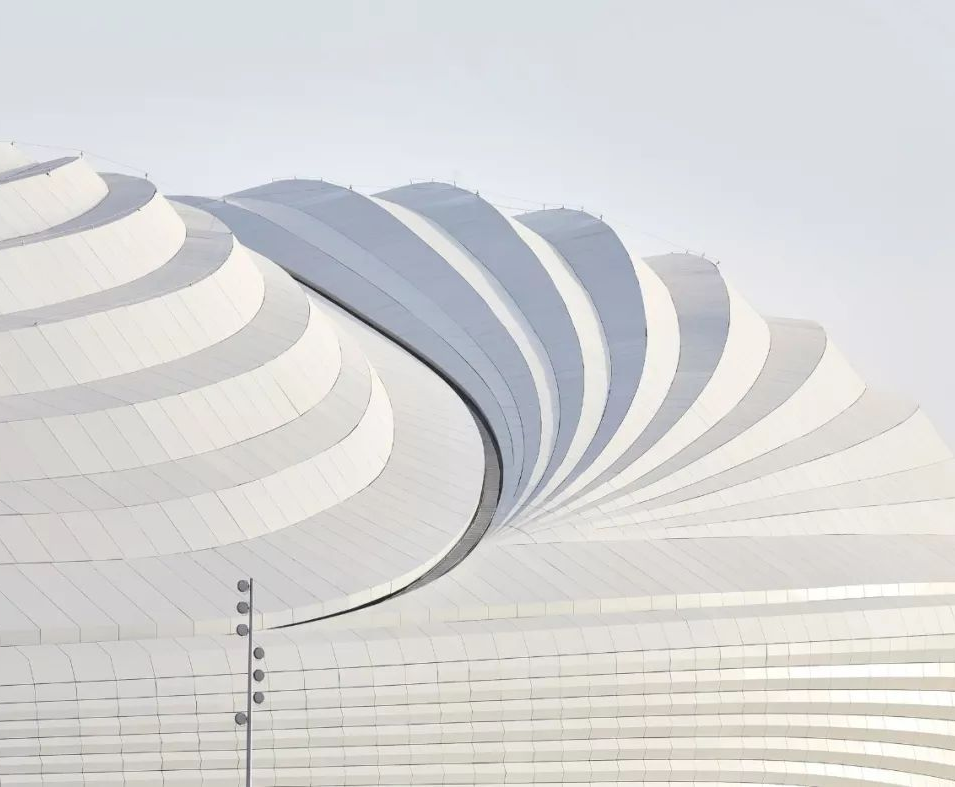
✦ KAWS’s artwork at Hamad International Airport in Qatar
Olafur Eliasson explores the relationship between humans and nature in the Doha desert.

Eliasson’s work is inspired by mathematics, arranging mirrors and rings in a geometric layout.
Damien Hirst’s installation “The Miraculous Journey” records the process of fetal development in the womb, from conception to birth, culminating in a 14-meter-tall statue of a male infant in an anatomical uterus.

*✦ Damien Hirst “Miracle Journey” Bronze 2013 *
During the World Cup, Yayoi Kusama also exhibited her “My Soul Blooms Forever” exhibition at the Qatar Museum, which was the largest of its kind in the Gulf region.

✦ Yayoi Kusama – “Narcissus Garden”
In addition to this, there are also works such as “Big Spider,” “Thumb,” and “Blue Rooster.”

✦ Louise Bourgeois, “Mother”
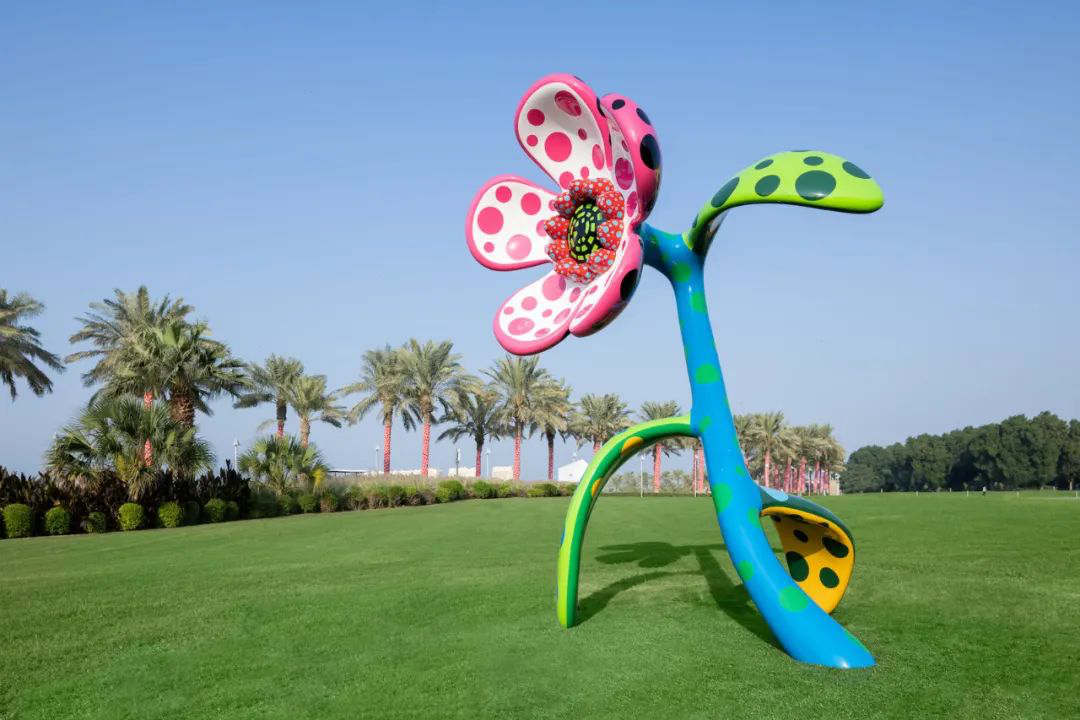
✦ Armana “It’s Okay”

*✦ Katarina Frič’s Giant Blue Rooster artwork *

César Baldaccini, “Thumb”, Bronze, 1965-2016

Subodh Gupta, Gandhi’s Three Monkeys (2012)
Princess Mayassa, who is in charge of Qatar’s cultural and artistic strategy, explains: “From the moment you arrive at Hamad International Airport to every community in our country, public art will make your experience unique.”
It is not difficult to see that Qatar’s ambition for the future is to become a holy land of art and a hub for cultural exchange in the Middle East.
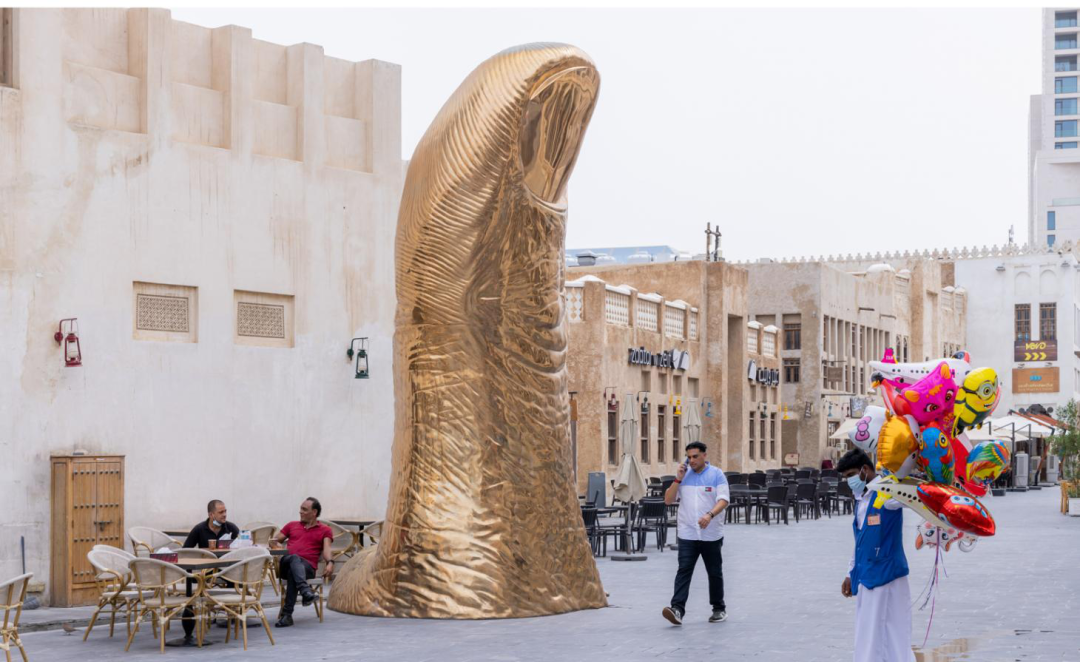
Oil and natural gas resources, no matter how abundant, will eventually run out one day. Therefore, the Qatari royal family has been contemplating what can make this wealthy but closed-off place contemporary and global.
As a result, twenty years ago, the Qatari royal family proposed the policy of “Revitalizing the Country through Art.”

✦ Qatari Traditional Community
Princess Mayassa, who is in charge of Qatar’s overall artistic strategy, has been listed as one of the most influential figures in the art world by both “Art+Auction” and “ArtReview.”
In recent years, works in the art market labeled as belonging to the Qatari royal family have almost all been purchased by Princess Mayassa, with an annual expenditure of at least over 1 billion US dollars.
02 Invest in a nation’s future with art
Princess Mayassa of Qatar has set the world record for the most expensive art purchase twice in a row, acquiring a collection that includes:

Paul Gauguin’s “When Will You Marry?” Collection Price: $300 million

Paul Cézanne’s “The Card Players” collection price: over $250 million

Picasso’s “Child with a Dove” is valued at a collection price of 50 million pounds.

*✦ Mark Rothko’s “White Center” collection price: $72.84 million *
Of course, these paintings were not purchased for private collection by the royal family. As the chairperson of the Qatar Museums Authority, Princess Mayassa’s plan for the Qatar Museums group is also very ambitious.
In addition to the already established Museum of Islamic Art and the Arab Museum of Modern Art, she also plans to build 20 museums in Qatar in the future.
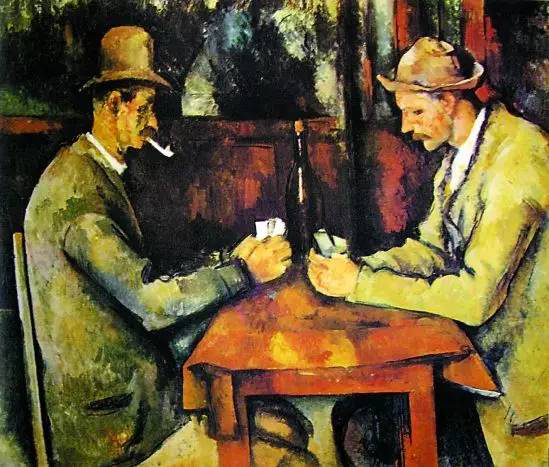
*✦ Museum of Modern Art in the Arab World *
The Museum of Islamic Art was designed by Chinese-American architect I.M. Pei, and shares a spiritual aesthetic resonance with his last masterpiece, the Suzhou Museum, as if they are two sides of the same spiritual coin between the East and the West.

*✦ Designed by I.M. Pei, Museum of Islamic Art *

*✦ Designed by I.M. Pei, Suzhou Museum *
Qatar has almost invited all the winners of the Pritzker Prize (the Oscars of architecture) to build houses in the desert. The Qatar National Museum, inspired by the desert rose, was designed by the master architect Jean Nouvel.

✦ Qatar National Museum
With the establishment of museums, Princess Mayassa also tirelessly promotes contemporary art exchange activities. For example, she has facilitated exhibitions by contemporary artists such as Takashi Murakami and Damien Hirst in Qatar.

Takashi Murakami Exhibition in Qatar

Damien Hirst’s exhibition in Qatar

“Art Revitalizes the Nation” is actually not a strategy unique to Qatar, but a consensus among the wealthy nations of the Middle East.
Among them, the most intense competition is between Qatar and the United Arab Emirates (UAE).
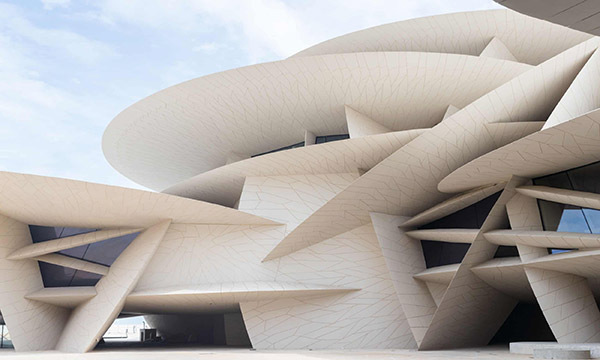
*✦ Islamic Architecture at the Sharjah Biennial in the United Arab Emirates (The UAE is composed of several emirates, and Sharjah is the capital of the Emirate of Sharjah)
The artwork that once held the world record for the most expensive price, Leonardo da Vinci’s “Salvator Mundi,” which was sold for $450 million, was bid on behalf of the UAE’s Ministry of Culture and Tourism by Prince Bader of Saudi Arabia. At that time, his competitor in the auction was a prince from Qatar.

Leonardo da Vinci’s “Salvator Mundi”

After taking a picture with Da Vinci, the prince of the UAE revealed a satisfied smile.
Compared to Qatar and Saudi Arabia, the UAE has been more awakened in terms of soft power.
The Dubai Art Fair (Art Dubai), which is held every March and has now become the most influential art fair, has become the most influential art fair project in the Gulf region.
03 Located in the desert, but don’t want to be an “art desert”
*✦ Middle Eastern tycoons can indulge in purchasing at the art fair.
This year’s Dubai Art Fair has also expanded its digital art exhibition area, where almost all digital art is traded in cryptocurrency.
In the exhibition area, the wealthy of Dubai can spend one to two Ethereum to buy NFT encrypted artworks from young artists, or they can purchase works from the Turkish digital art superstar Refik Anadol for 30-40 Ethereum.

*✦ Dubai Art Fair *
Although the general direction has always been similar, compared to Qatar, the UAE prefers to cooperate with existing world-class museums and acquire existing “cultural capital.”
The UAE hopes to directly replicate the Louvre, lend exhibits to it, and allow it to use the name “Louvre.” In order to purchase the Louvre IP and the rental fee for the artworks, the UAE has paid nearly 1 billion euros to France.

*✦ Louvre Abu Dhabi (Abu Dhabi is the capital of the United Arab Emirates)
In addition to the French IP, the UAE has also introduced the “American Museum IP” of the Guggenheim Museum Abu Dhabi branch, which is expected to be completed in 2025. This will be the largest and most magnificent museum in the Guggenheim global museum group.

*✦ Under Construction: Guggenheim Abu Dhabi Branch
Seeing the significant increase in artistic capabilities in Qatar and the UAE, Saudi Arabia naturally cannot remain idle.
In 2016, the Saudi government also proposed Vision 2030, hoping to deeply participate in global cultural exchanges and enrich the local cultural background of Saudi Arabia.
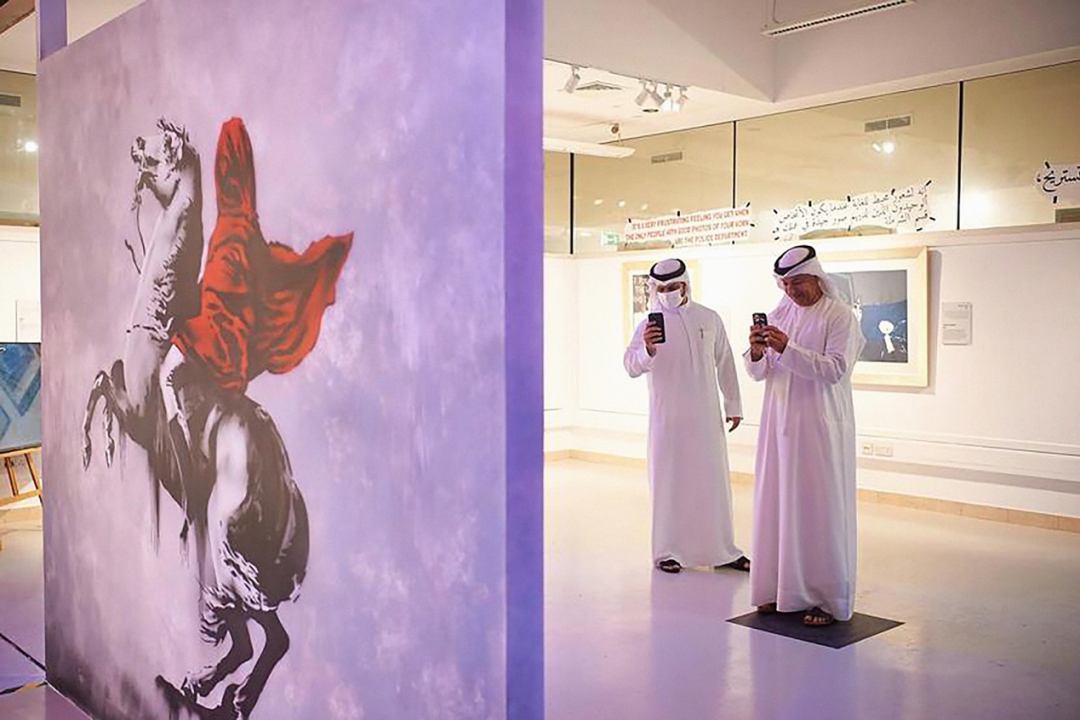
*✦ Desert X AlUla, a Desert Art Festival in Saudi Arabia
The King and Prime Minister of Saudi Arabia also initiated the country’s first public art program, Riyadh Art, which plans to set up 1,000 public art installations in Saudi Arabia.

*✦ Renderings of Riyadh Art in Saudi Arabia *
The “arms race” in art among Qatar, the UAE, and Saudi Arabia is essentially a competition to purchase cultural soft power. The wealthy are accustomed to solving everything with money, but whether creativity and art can be resolved through purchase remains a question mark.

The Qatar World Cup, which has been dominating social media feeds, has also sparked discussions about labor rights and the rights of Iranian women.
Contemporary art, which is at the forefront of avant-garde, has been introduced to the relatively conservative Middle East region. It is hoped that through their influence, they can bring fresh air and new perspectives to the entire Gulf region.



